Step after step, time and time again, dancers pour their life into perfecting their craft. Yet, some people still never acknowledge it as a sport.
When people think of sports, they think of football, basketball, soccer, volleyball. But why not dance? What makes dance lesser?
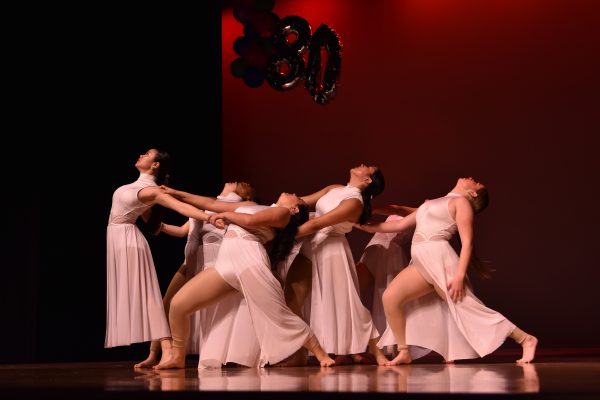
Dancers are not treated the same as other athletes. Dancers who’ve perfected their craft for over a decade, who’ve sprained ankles and pulled muscles and broken bones, who’ve attended practice every day. Dancers who have continuously been are told they are not athletes.
It must be so discouraging to have your life reduced to nothing more than a little hobby or talent. To be told you can’t turn it into a real career, that it’s just a passing phase, that it will never amount to anything.
The technical definition of a sport by the Cambridge Dictionary is: “a game, competition, or activity needing physical effort and skill that is played or done according to rules, for enjoyment and/or as a job.” Dance fits that definition to a tee.
Dance also fits the criteria that I think a sport requires: time, physical effort and skill. Sports should be competitive and have a clearly-defined scoring system that is uniform throughout all events of the same category. It should create a community that people can depend on.
Most dancers have after-school and weekend classes, dedicate time outside of classes practicing, and participate in recitals and competitions. At Bellaire, the Belles drill team frequently has morning and afternoon practices, while the eMotion dance company even sacrifices their lunch to practice.
People underestimate the amount of thought put behind every move. They forget that every skill must be practiced until perfection. They don’t see the amount of time and dedication dancers pour into honing their craft
“I have put a lot of time and energy into dance and when I hear people say dance isn’t a sport I feel that it takes away from the time spent in dancing,” senior and Belle Alex Alleyne said.
While dance may not involve as much physical contact with other players as some sports, it still demands significant physical endurance and training.
Dancers must stretch every day to increase their flexibility, pushing their bodies beyond the limit to achieve the ideal visuals during leaps or kicks. They must train their muscles to lift themselves off the ground and stay lifted during turns. The image that people see during dance performances is of graceful, sophisticated perfection. Behind every step, every jump, every movement, lies the cumulation of countless hours of failing, falling, and hurting.
“[Dancers] may make it look like what they are doing is easy, but they worked hard and are probably in pain,” sophomore Sara Bangale said. “It’s not easy and you have to train to become good.”
Dancing is incredibly difficult. The learning curve for new dancers is incredibly steep, and it takes months of practice to even somewhat resemble the dancers you might see.
The process of working up the experience to even attempt the majority of techniques, like pirouettes or jetés, takes frustratingly long. Every skill is thus different and uniquely difficult. Dancers have to find ways to incorporate and connect each element with unique choreography to create a dance routine.
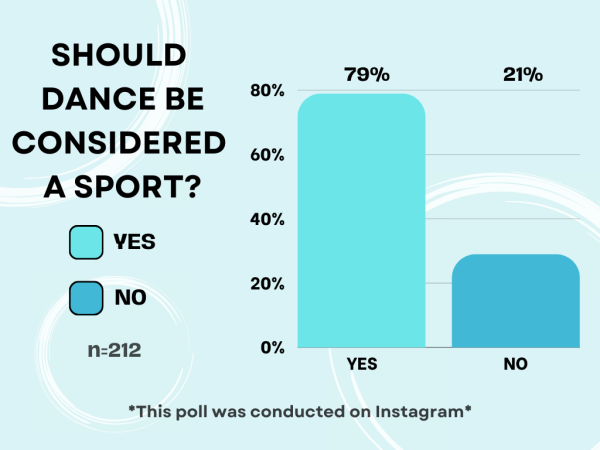
When choreographing, a dancer must consider the way the moves match with the music, the image that is created, the technical difficulty of the dance and more. All of these elements must be balanced with each other to create a perfect harmony.
Dance demands a lot of skill and memorization. If a dancer is even a step off from the correct position on the floor, the neat diagonals and columns could be ruined. If even one person is just one beat late, the mistake is glaringly obvious, disrupting the carefully orchestrated imagery of the dance.
Formations and routines can be likened to plays in football: if everyone does their part and goes to their positions, it all works out.
When dancing on a team, every dancer on the team must be in complete unison. Imagine if you took a picture of every second of a dance routine: every part of every person must be identical at every moment. Each member must put in the same dedication and effort in order to achieve a cohesive look.
Dancing is a competitive sport. Most teams attend competitions to showcase their skills, ranging from local to international championships.
Teams will spend months preparing for these competitions and placing well at one can make or break a team’s future. And just like in basketball or baseball where the best players will get the most play time, the best dancers will be in the front.
While dance competitions do not feature a point system in the way that other sports do, it does have its own scoring system. Each routine is scored in a number of different components like technique, memory, precision and showmanship. The total score is then compared to the other routines in the same category and a ranking is produced.
Many people say that a sport has to include a strict winner and a loser, or two competing teams (offense and defense), but many more traditional sports like track, golf or swim also feature competitors from many different teams competing for a ranking instead of a victor and loser.
Oftentimes, members of a dance team create a tight bond, almost like a family. The result of spending so much time together and witnessing each other’s lowest moments is that the dancers on a team become like siblings.
In order to become in tune with each other, dancers have to work together and help each other. As part of a team, it is part of everyone’s responsibility to lift each other up, sometimes literally! Teammates can be your family and your best friends.
Sophomore and Belle Sherrie Luo says that people can easily overlook the effort that dance requires because dance is “all about the presentation,” while many other sports are about “reaching a physical goal like a soccer net or a basketball hoop.”
People who go to ballet performances or dance recitals are treated to stunning costumes, dazzling lights and impressive moves. They see the beautifully packaged cumulative result of months of practice and pain.
“They don’t see what goes on behind closed doors,” sophomore and Belle Iyanna Martel said. “I’d tell them to take one lesson and see how painful and stressful it is.”
And yes, despite the many similarities, there are also many differences between dance and other sports. So even if people cannot recognize dance as a sport, that just means they should be able to see it as more.
Many people consider dance an art, and it is. That part isn’t the problem: it isn’t an insult to call dance a fine art. It is, however, an insult to diminish it to less than what it truly is.
Most dancers, like junior and Belle Allyson Nguyen, believe that “dance should be considered both a sport and an art.” Nguyen, who has been dancing for over a decade, believes that people treat the topic jokingly, diminishing the acknowledgement and respect that dance warrants.
Regardless of your feelings towards dance, it’s clear that dance is an underappreciated sport.
And it’s high time we stop discrediting the work of dancers.




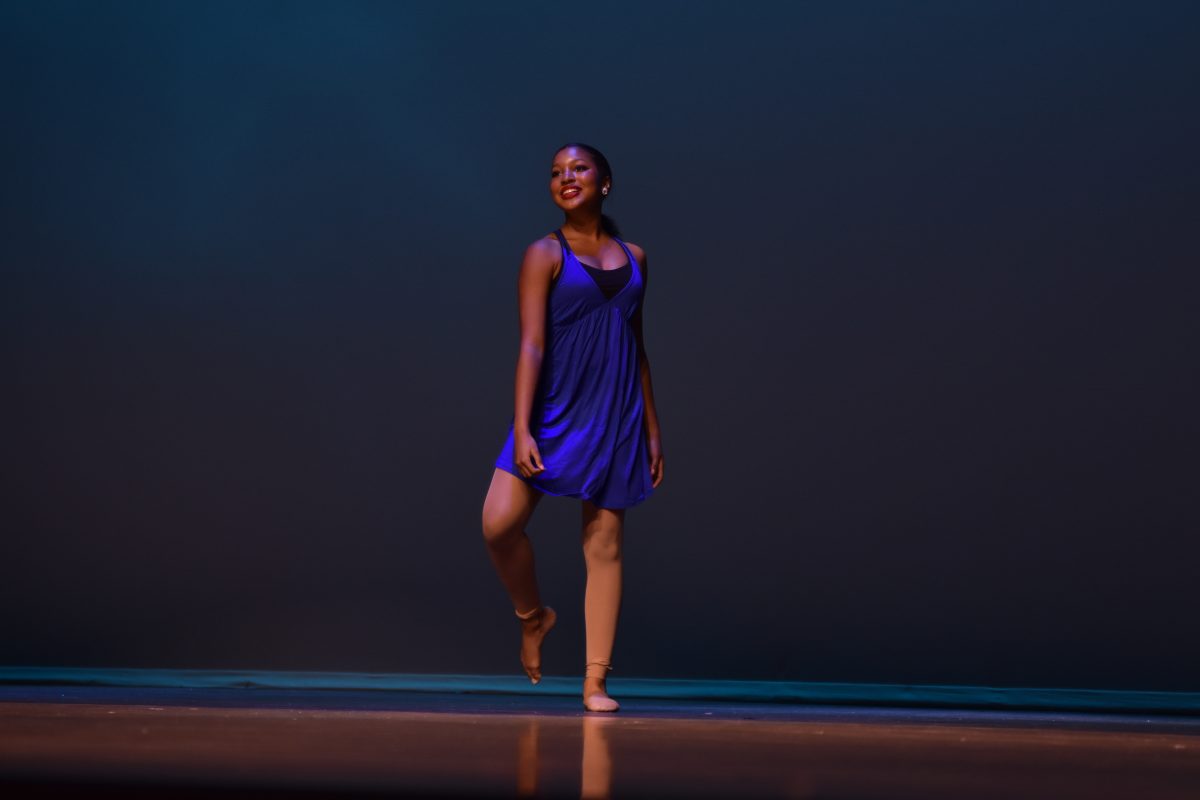
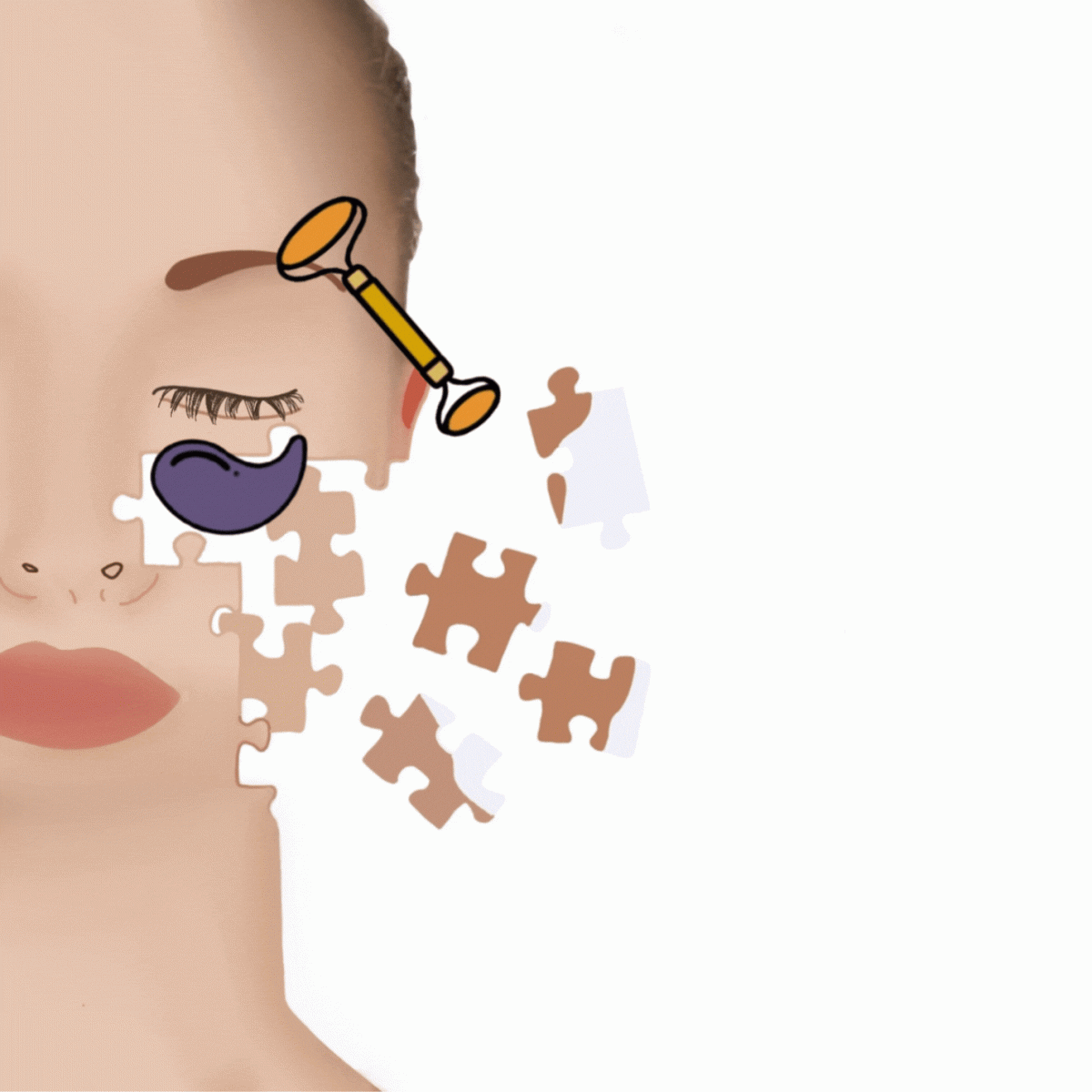
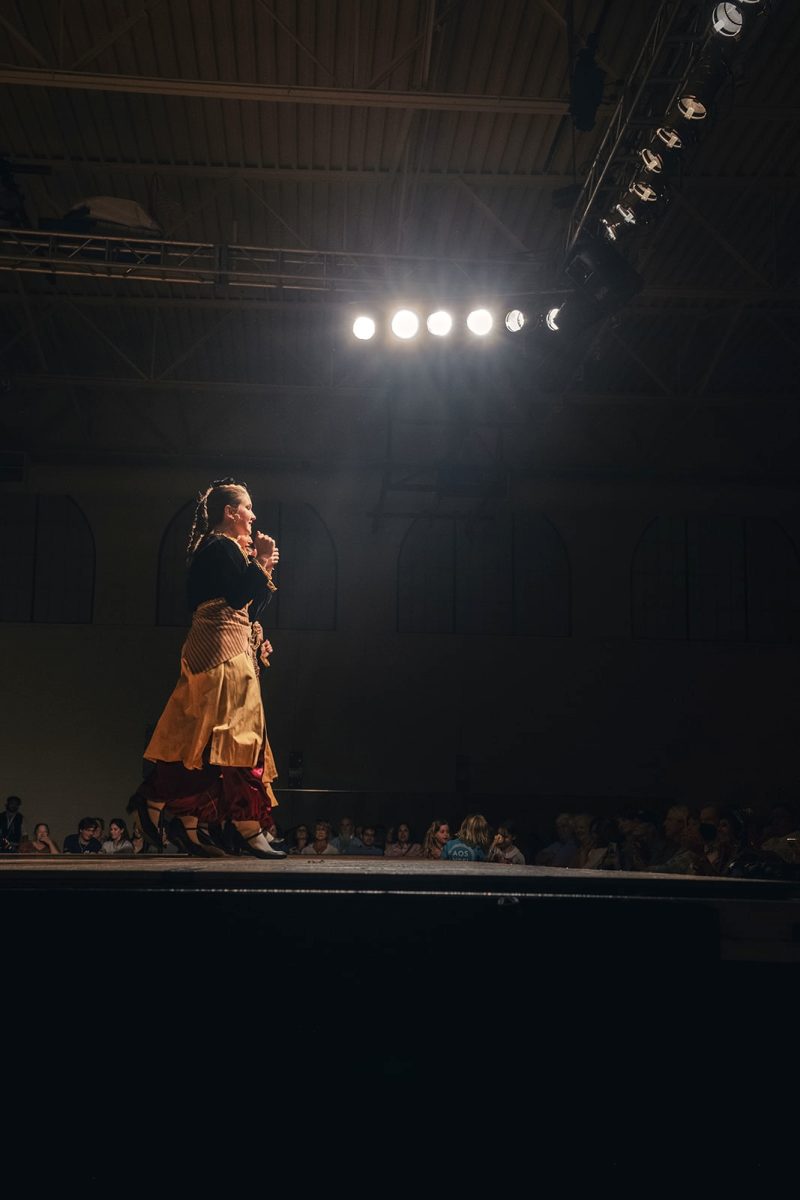

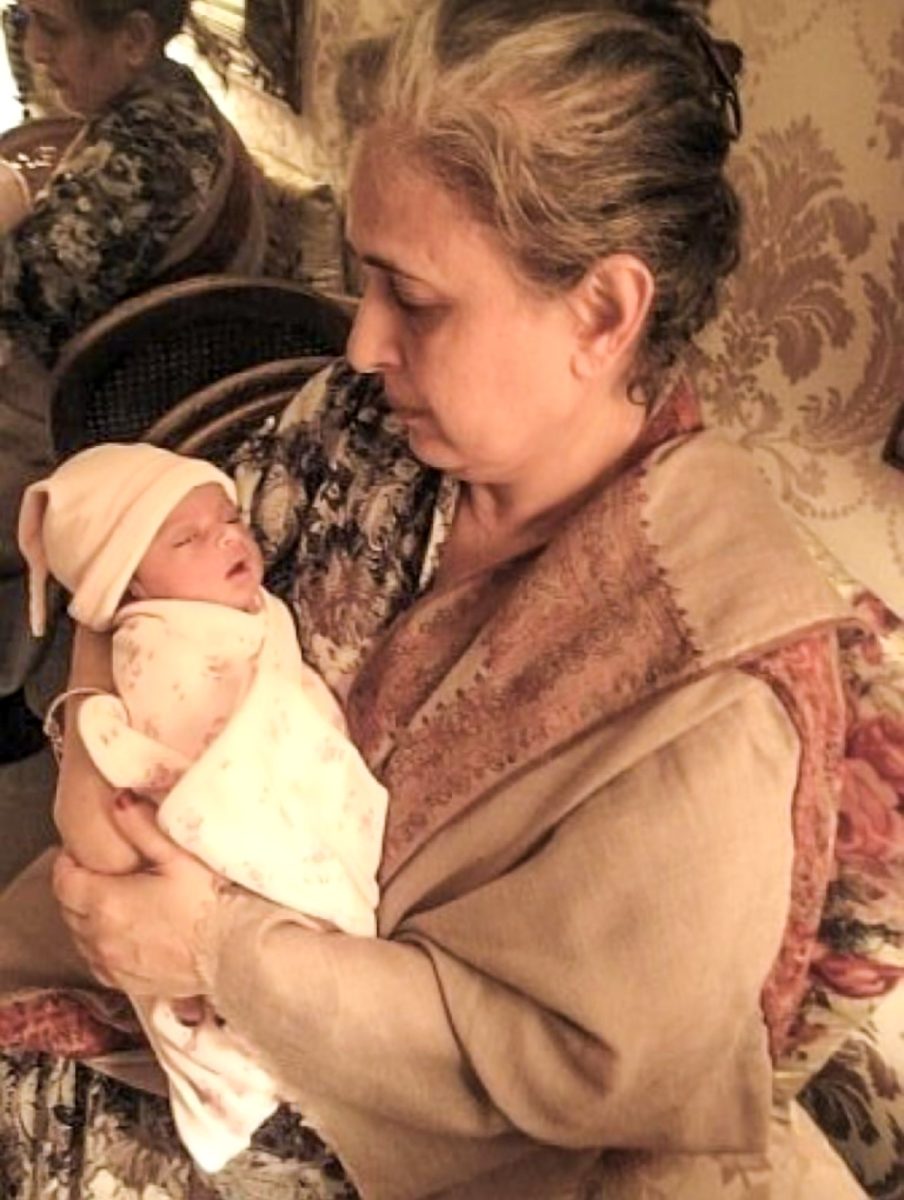
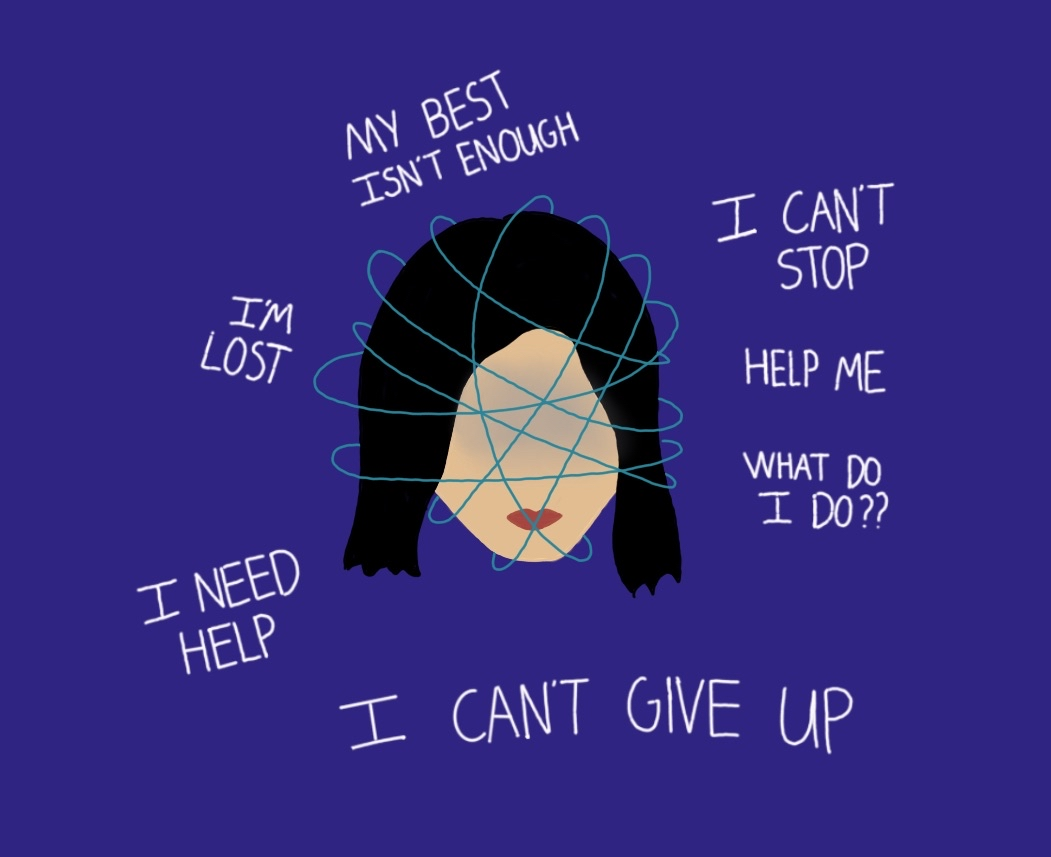

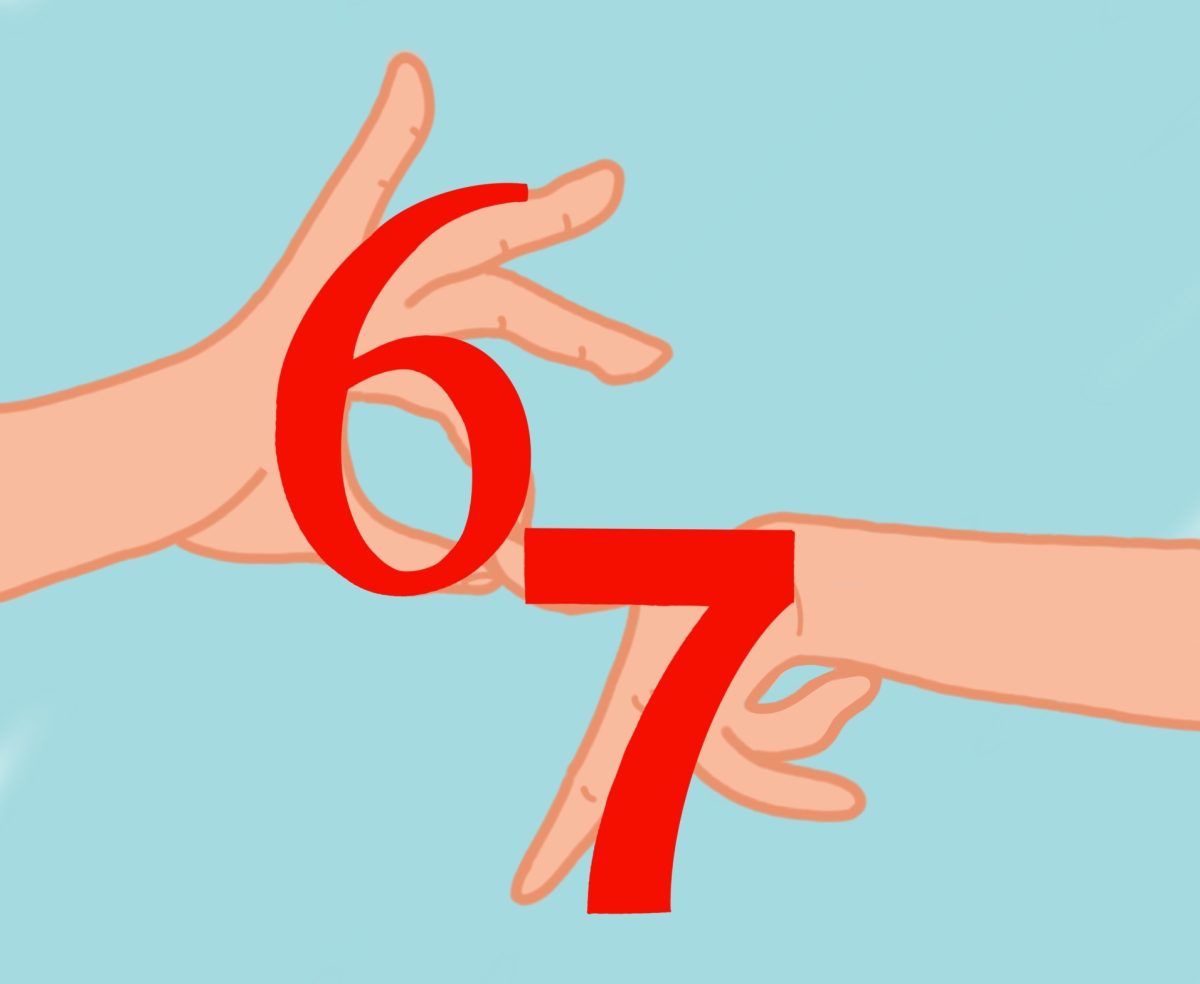

McKenzie Le • Jan 3, 2024 at 2:26 pm
I LOVE THIS STORY SERENA!!!!!!